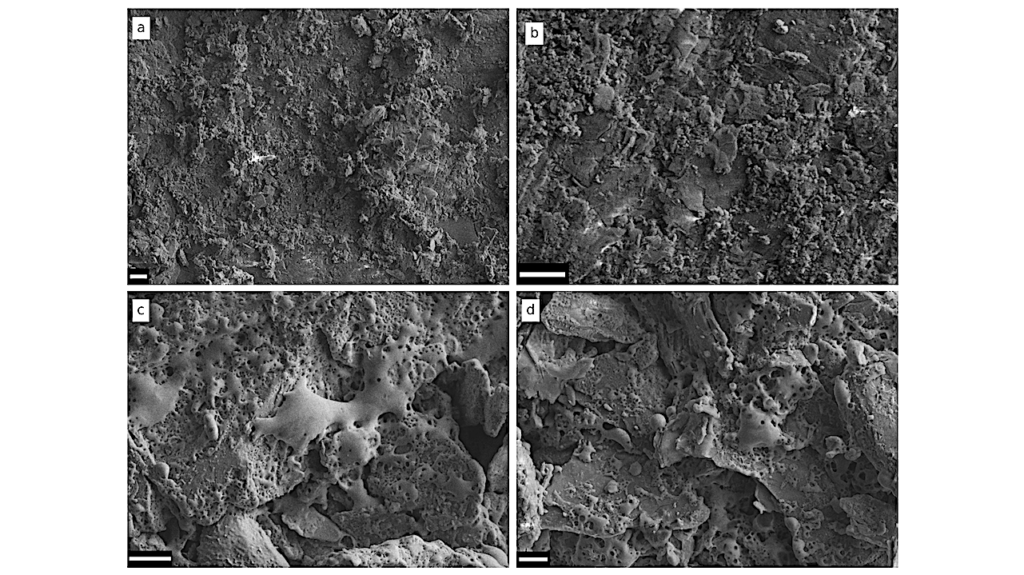Coexistence Of CH4, CO2 And H2O In Exoplanet Atmospheres

We propose a classification of exoplanet atmospheres based on their H, C, O, N element abundances below about 600 K. Chemical equilibrium models were run for all combinations of H, C, N, O abundances, and three types of solutions were found, which are robust against variations of temperature, pressure and nitrogen abundance.
Type A atmospheres contain H2O, CH4, NH3 and either H2 or N2, but only traces of CO2 and O2. Type B atmospheres contain O2, H2O, CO2 and N2, but only traces of CH4, NH3 and H2. Type C atmospheres contain H2O, CO2, CH4 and N2, but only traces of NH3, H2 and O2. Other molecules are only present in ppb or ppm concentrations in chemical equilibrium, depending on temperature. Type C atmospheres are not found in the solar system, where atmospheres are generally cold enough for water to condense, but exoplanets may well host such atmospheres.
Our models show that graphite (soot) clouds can occur in type C atmospheres in addition to water clouds, which can occur in all types of atmospheres. Full equilibrium condensation models show that the outgassing from warm rock can naturally provide type C atmospheres. We conclude that type C atmospheres, if they exist, would lead to false positive detections of biosignatures in exoplanets when considering the coexistence of CH4 and CO2, and suggest other, more robust non-equilibrium markers.
P. Woitke, O. Herbort, Ch. Helling, E. Stüeken, M. Dominik, P. Barth, D. Samra
Comments: accepted by A&A, 5 pages and 5 pages appendices, 10 figures, 3 tables
Subjects: Earth and Planetary Astrophysics (astro-ph.EP)
Cite as: arXiv:2010.12241 [astro-ph.EP] (or arXiv:2010.12241v1 [astro-ph.EP] for this version)
Submission history
From: Peter Woitke
[v1] Fri, 23 Oct 2020 09:01:02 UTC (4,591 KB)
https://arxiv.org/abs/2010.12241
Astrobiology, Astrochemistry








